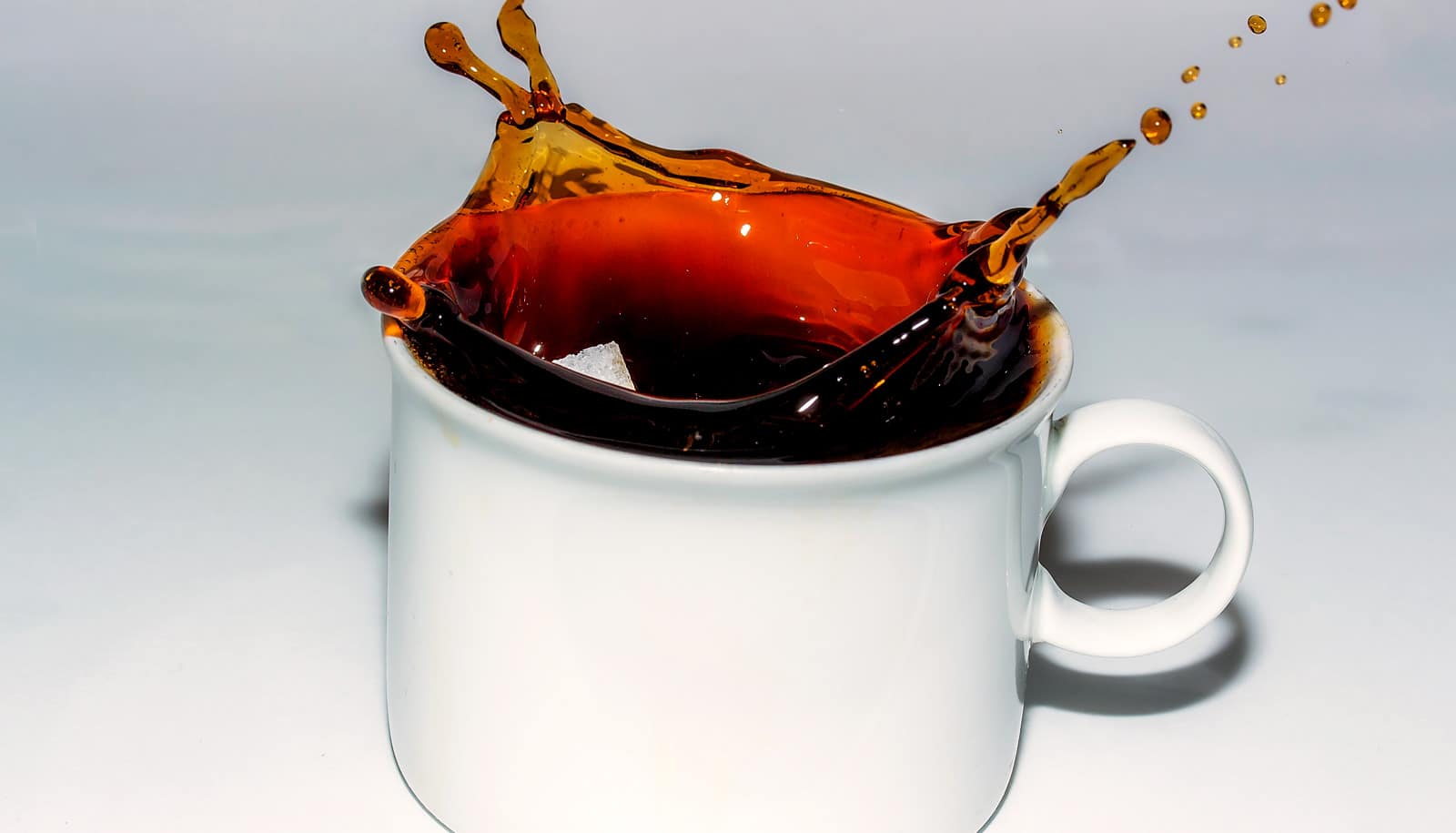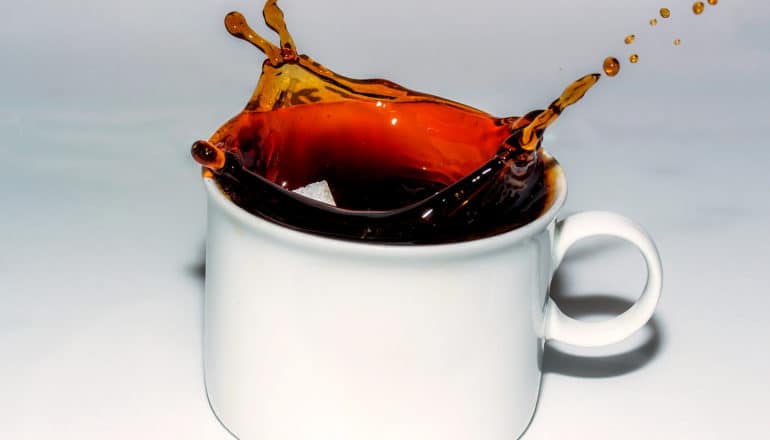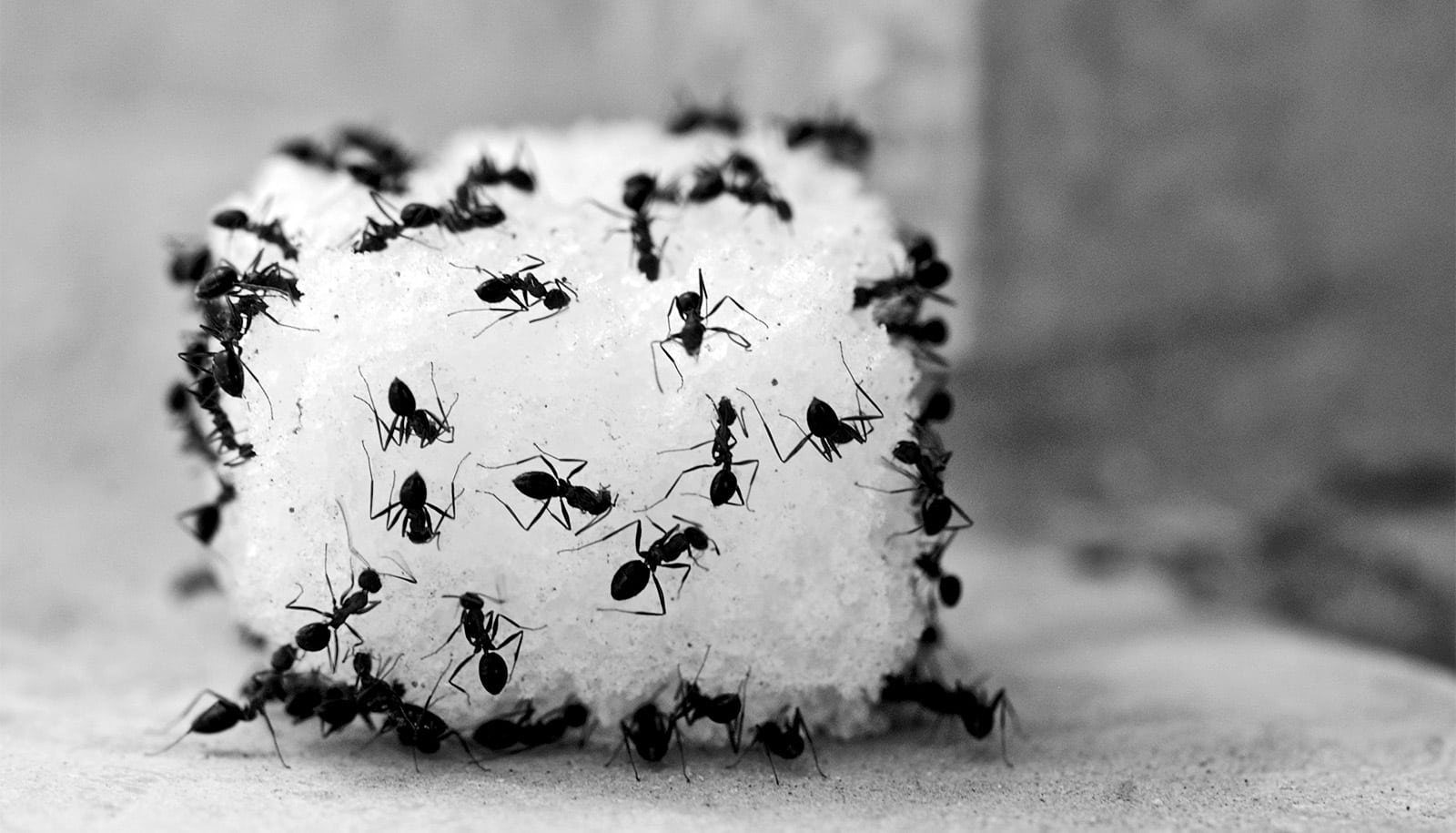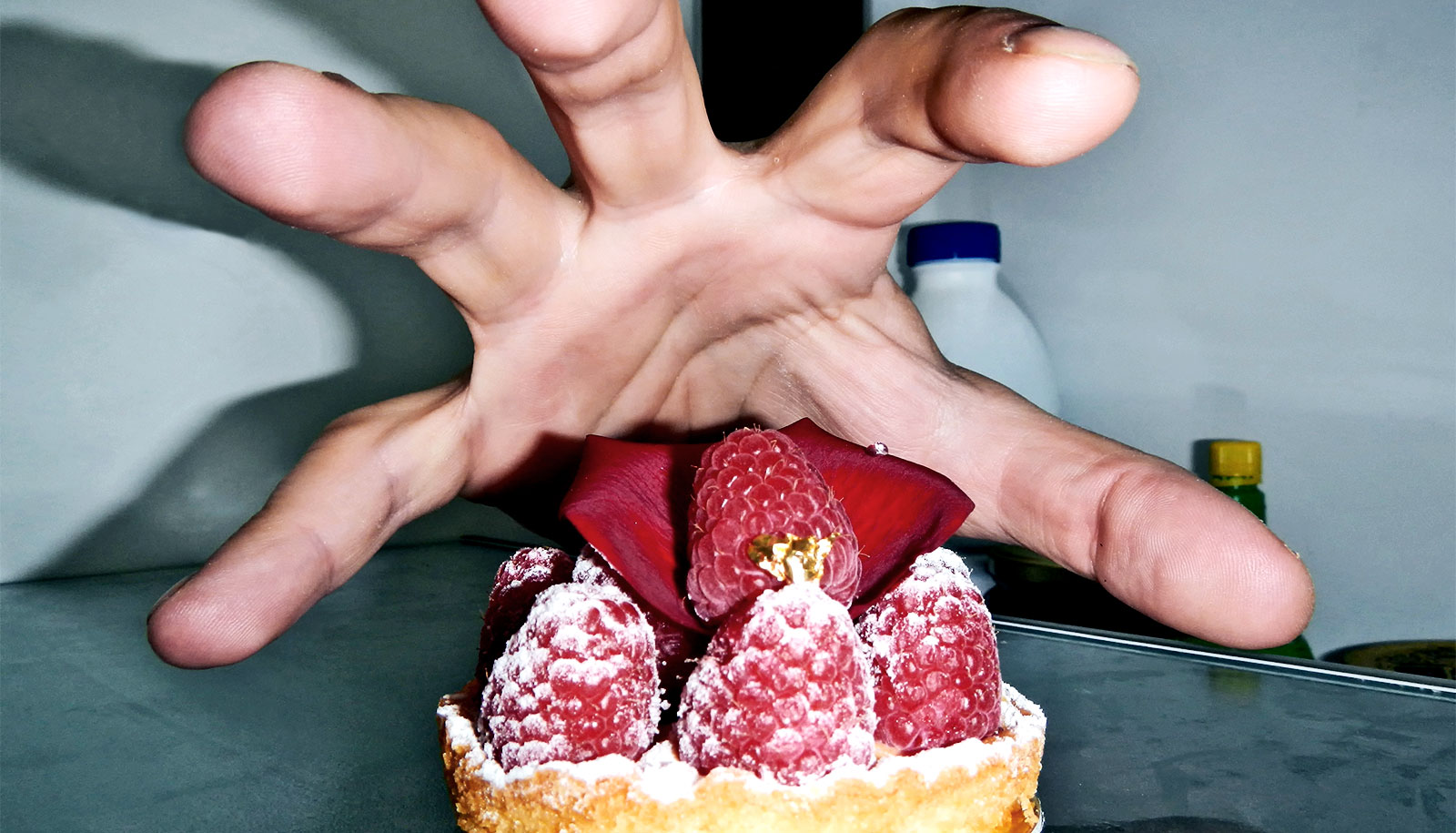
(Credit: Pexels )
Clues from stevia promise sweetness without aftertaste
Knowing the molecular machinery that makes the stevia plant 200 times sweeter than sugar could lead to artifical sweetners without an aftertaste.

Knowing the molecular machinery that gives stevia its intense sweetness could help engineer artificial sweeteners without a nasty aftertaste, researchers say.
Although scientists know a lot about the genes and proteins in the biochemical pathway responsible for stevia synthesis, researchers say this is the first time anyone has published the 3D structure of the proteins that make rebaudioside A—or RebA, the major ingredient in the product Stevia.
“For me, the sweetness of Stevia comes with an aftertaste of licked aluminum foil.”
“If someone is diabetic or obese and needs to remove sugar from their diet, they can turn to artificial sweeteners made from chemical synthesis (aspartame, saccharin, etc), but all of these have ‘off-tastes’ not associated with sugar, and some have their own health issues,” says Joseph Jez, professor of biology at Washington University in St. Louis and lead author of the paper in PNAS.
“Stevias and their related molecules occur naturally in plants and are more than 200 times sweeter than sugar,” he says. “They’ve been consumed for centuries in Central and South America, and are safe for consumers. Many major food and beverage companies are looking ahead and aiming to reduce sugar/calories in various projects over the next few years in response to consumer demands worldwide.”
Researchers used x-ray crystallography to determine the RebA protein’s structure. The new analysis shows how a key plant enzyme synthesizes RebA and how the chemical structure needed for that high-intensity sweetness builds biochemically.
To make something 200 times sweeter than a single glucose molecule, the plant enzyme decorates a core terpene scaffold with three special sugars. That extra-sweet taste from the stevia plant comes with an unwanted flavor downside, however.
“For me, the sweetness of Stevia comes with an aftertaste of licked aluminum foil,” Jez says. Many consumers experience this slightly metallic aftertaste.
“The taste is particular to the predominant molecules in the plant leaf: the stevioside and RebA,” Jez says. “It is their chemical structure that hits the taste receptors on the tongue that trigger ‘sweet,’ but they also hit other taste receptors that trigger the other tastes.
“RebA is abundant in the stevia plant and was the first product made from the plant because it was easy to purify in bulk. Call this ‘Stevia 1.0’. But in the leaf are other related compounds with different structures that hit the ‘sweet’ without the aftertaste. Those are ‘Stevia 2.0,’ and they will be big.”
There are many ways that scientists could use the newly published protein structure information to help improve sweeteners, Jez says.
“One could use the snapshot of the protein that makes RebA to guide protein engineering efforts to tailor the types and/or pattern of sugars in the stevias. This could be used to explore the chemical space between ‘sweet’ and ‘yuck.’
“There are also molecules in other plants that are not ‘stevias’ but can deliver intense sweetness,” he adds. “We could use the information of how the stevia plant does it as a way of finding those details.”
Scientists carried out portions of this research at the Argonne National Laboratory Structural Biology Center of the Advanced Photon Source, a national user facility operated by the University of Chicago.
Source: Washington University in St. Louis
The post Clues from stevia promise sweetness without aftertaste appeared first on Futurity.
Share this article:
This article uses material from the Futurity article, and is licenced under a CC BY-SA 4.0 International License. Images, videos and audio are available under their respective licenses.


